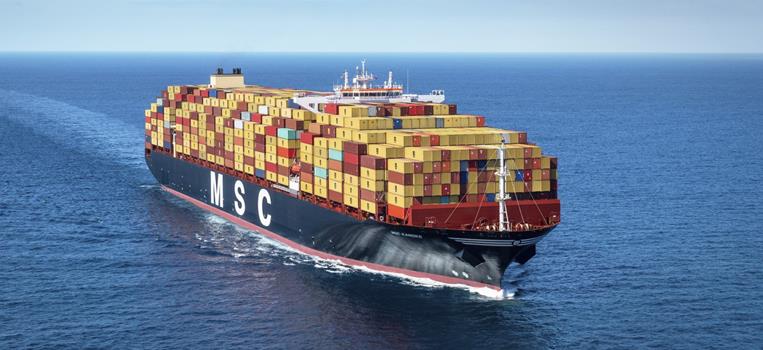High transPac rates despite increased capacity
Jul 15, 2020Key insights:
1 As carriers restore capacity, ocean rates dipped slightly, but are still 72% higher than last year and up 68% from the end of May for China-US West Coast.
2 Despite June’s increase in volumes, volumes were down 6% compared to last year, with double digit deficits projected through October.
3 But ocean rates are 7% higher than the last time ocean rates approached this level in November 2018, as demand surged in the lead up to US tariffs on Chinese goods.
4 The extreme current rates despite the low volume and improving capacity may point to the urgency importers are feeling to ship as soon as possible as the pandemic has made it impossible to know how long consumers will still be buying.
China-US rates:
• China-US West Coast prices (FBX01 Daily) fell 2% since last week to $2753/FEU. This rate is 72% higher than the same time last year.
• China-US East Coast prices (FBX03 Daily) dropped 3% since last week to $3353/FEU, and are 17% higher than rates for this week last year.
Analysis
After hitting a two year FBX high last week, ocean rates from China to the US West Coast declined slightly, but remain 68% higher than the end of May and 72% higher than last year.
The June demand surge had carriers cancel very few sailings in July compared to the previous month, with The Alliance even restoring some Asia to Europe sailings and two end of the month China-Pacific Northwest ships this week.
The increase in volumes has been a welcomed development across the supply chain, with June US import volumes improving by an estimated 10% compared to May according to the NRF’s latest report.
Volumes and capacity are still not at equilibrium, keeping rates up, with reports of some carriers even requesting premiums on top of these rates to prevent rolled shipments.
But even with the demand increase, June volumes will still be down 6% compared to last year.
And projected flat volumes for July through October will result in double digit year on year deficits for these peak season months when volumes normally surge.
So even with volumes down and available capacity approaching normal, rates remain extremely high.
The last time ocean rates approached this level was In November 2018, as US importers raced to ship as many orders as possible before new US tariffs were introduced on Chinese goods. But even in that peak demand situation, rates for China-US West Coast FEUs were 7% lower than this week’s rate.
As infection rates, closures, and restrictions grow in the US, these extreme freight rates may point to the urgency importers are feeling to ship as soon as possible as the pandemic has made it impossible to know how long consumers will still be buying.
Similar Stories
AGLPA Issue Update - Nov 2024
Today the Maritime Administration (MARAD) awarded nearly $580 million to 31 recipient ports in 15 states and territories. These grants are from the agency's Port Infrastructure Development Program (PIDP). Five…
View Article
Viking Line named Finnish security organization of the Year
View Article
Ocean Network Express and Seaspan Corporation jointly announce the establishment of ONESEA Solutions
View Article
MSC Customer Advisory
View Article
ZIM launches its USA Employer Brand Campaign to attract top talent
View Article
Hapag-Lloyd achieves good result in first three quarters of 2024
View ArticleGet the most up-to-date trending news!
SubscribeIndustry updates and weekly newsletter direct to your inbox!





